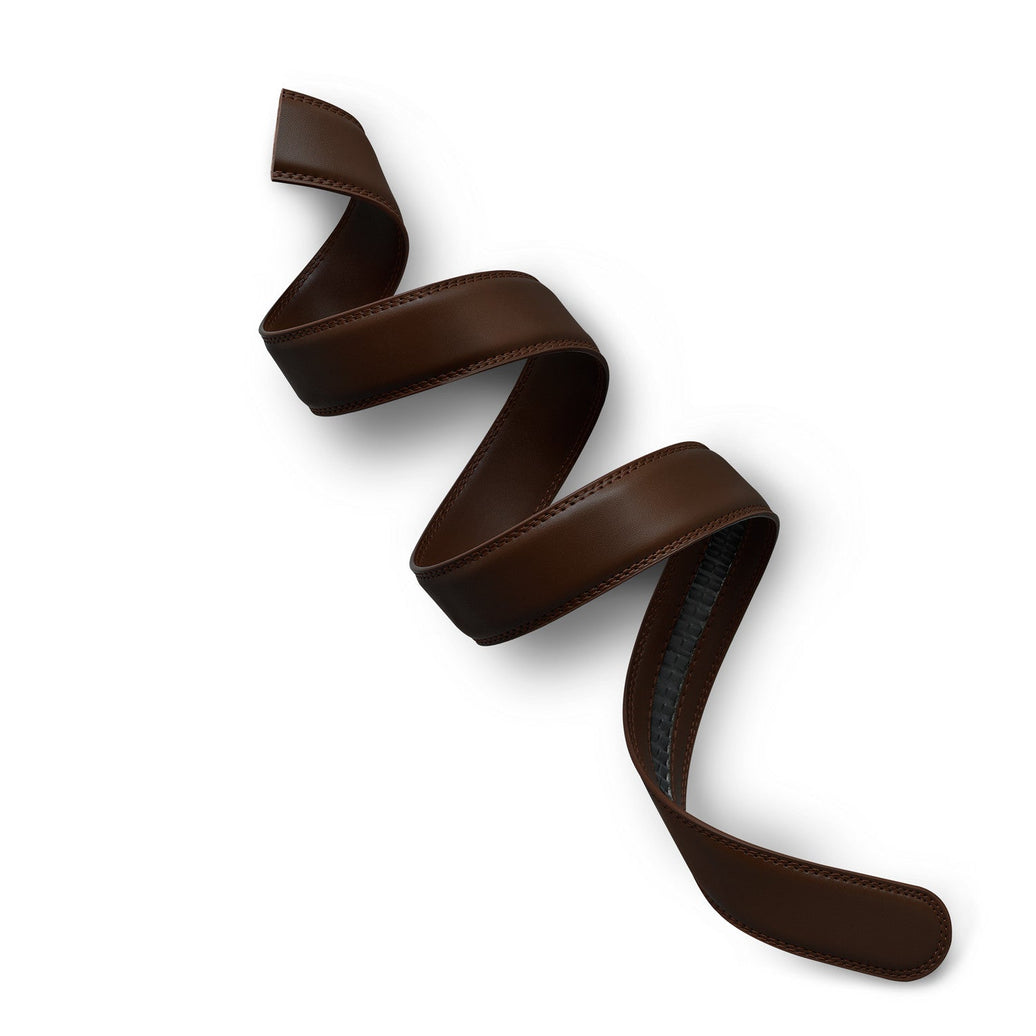Introduction:
We add to our scent portfolio every day. We all have a routine whether it was intentionally established or not. There are fragrances in everyday use that add to your distinct scent portfolio that you apply habitually. Hand soap, body wash, shampoo, lotions, scented deodorant, shaving cream, aftershave… just about any product that you use externally that carries a scent. But the most powerful and distinct scents are the fragrance products; (i.e. cologne and perfume).
Technically, there are different strengths to fragrances, cologne being the weakest (having the lowest concentration of 2-4%) and moving all the way up to Perfume with the highest concentrations of 15-25%, (bypassing Eau de Toilette and Eau de Parfum). In all reality, most products marketed as “colognes” are higher concentrated than technical colognes and most products marketed as “perfumes” are less concentrated than technical perfumes. In all actuality, the gap between women’s fragrance and men’s fragrance is a lot smaller. As such, I will probably be using the terms fragrance, cologne, and perfume interchangeably.
While many of the ideas and principles of fragrances can be applied to other scented products (soap, body wash, etc.) they are most distinctive with the fragrance class of scented products.
Adam Hurly’s article in the Forbes magazine “The 10 Best Summer Fragrances for Men, from Woody to Citrus Scents” has a good explanation in the second paragraph of the differences between Eau de Toilette and Parfum, but also has several good explanations throughout the article of which scents are popular in Men’s cologne.
The Purpose of Cologne:
The most frequently asked question a potential cologne consumer will ask him/herself is “which one should I use?” In other words, what is the cologne that best fits me?
When it comes to cologne, you can think of it as a scent genie. You shouldn’t use so much of it that it kills them or makes them sick, it will not be able to make someone fall in love with you, and it cannot bring anyone back from the dead nor should it be used to embalm a dead body (morticians use something else entirely). Now, the first and last of these probably have no relevance, but a common question new cologne users ask is “will this make him/her like me more?” The answer is no, but cologne can augment your appearance and others perception of you and increase your appeal to a certain degree. That is the extent of cologne’s capabilities. That being said, colognes and fragrances have a variety of uses that help you target exactly what about your perception you wish to change.
The first question their consultant should ask is what do you want your cologne to accomplish? Most customers will not think beyond the simple “to smell good” which should be the primary deciding factor in their new scent. However, when faced with several products that all smell good, identifying their wants and needs can help them get past this next roadblock. Do they want to appear (to others and themselves) energetic and fresh, calm and collected, sophisticated and confident, or comfortable and relaxed, etc. All these things you can achieve by developing your scent portfolio; the cornerstone of which is your fragrance (cologne/perfume).
The Anatomy of a Fragrance:
Any fragrance consists of three parts, called “notes.” They are the Top note, the mid or heart note, and the base note. Each note has a different collage of scents mixed in. The general idea behind these notes is that the collage of scents specific to that note will be released at different intervals of exposure. I like to think of it as a large church bell atop a cathedral. The top note is the piercing “GONG!” that sounds when the hammer initially strikes. The reverberation of that strike as the bell rings out over the city is the heart note. Lastly, the base note is represented in the ringing of the ears in the person holding the hammer long after the sound of the bell has died away. Another way to think of it as a triad chord played on a piano or small ensemble. Typically, it is the highest note that the ear picks up first, and which carries the melody. The root of the chord, or the base note, is the next easiest to identify, but it is the middle note that provides the harmony, adding flavor and depth to the chord.
Top note The top note is always the first scents that you smell. It’s the first wave that is very apparent. It’s the note that makes people say “he/she is wearing cologne.” You experience this note on yourself when you first put it on or when you greet someone (typically handshake, hug, etc., not just a wave from across the room). This note is very perceptible (you can tell there’s a scent, and you can identify what it is and where its coming from), and lasts for a period of 5-15 minutes before fading into the second note. The typical scent families for this note are anything in the citrus (lemon, orange, bergamot, pomelo, grapefruit, lemon grass) or floral (lavender, rose, basil) families.
Heart note: This note can be detected while you're sitting nearby to someone within the same room. You don’t have to be snuggling up to them like Autumn does with Sergio to smell it, you can be sitting on a neighboring couch or across the table from him. It’s called the heart note because this is what carries the main character of the fragrance. It is around this note that all of the scents that make up the fragrance have been hand picked to add to this complex portfolio of scents to make cologne what it is best known for. The effects of these notes will be the most noticeable of the three notes. This note can last for up to an hour, sometimes two. Usually, this note contains the scent families of floral (jasmine, geranium, ylang-ylang, carnation, rose, lavender), spice (Cinnamon, pepper, cardamom, cloves, nutmeg, coriander), and for females, fruits.
Base note: These are the residual scents that cling to your body after the top and heart tones have faded away. These are the undertone scents that add the scene and backdrop to the upper notes, but yet don’t really become properly recognized until after the actors and props have retreated off-stage. These typically last up to 6-8 hours, sometimes more. The most popular scent families for base notes are Musky (musk, amber), Woodsy (sandalwood, cedarwood), and Garamond (vanilla, patchouli, tonka bean). Most of mens’ fragrances rely heavily on the base notes, and so you will almost always find at least one or two of the specific scents listed here in a men’s cologne (just look at the ingredients for Fulton & Roark or Guy Fox in the catalog below)
Example:
I went to church on Sunday and I could tell someone nearby was wearing Calle Ocho. I noticed it before I even sat down in the pew. By the time the speakers got up, I could still smell it, but it had faded somewhat and I had to look for the scent. Additionally the sharp cinnamon scent had died away, giving way to the warm vanilla. Now, even if I knew which guy it was I wouldn’t have followed him around for six hours to wait for the base note to show itself, but eventually, to those who were around him and the scent longer, even the vanilla would have given way to the undertone musky and woodsy tones in the base.
(CALLE OCHO: Top note: Cinnamon, Rum, Bitter Chocolate. Heart note: Jasmin, Labdanum, Tobacco. Base note: Tonka Bean, Sandalwood, and musk.)
See the article “Understanding Perfume Notes: Types and Scents Explained” understanding that the same principles apply to men’s cologne and that when they say “evaporate” they are referring to the process in which the particles that carry scent are released. The moisture of a fragrance will almost always evaporate long before the base notes have died off.



















